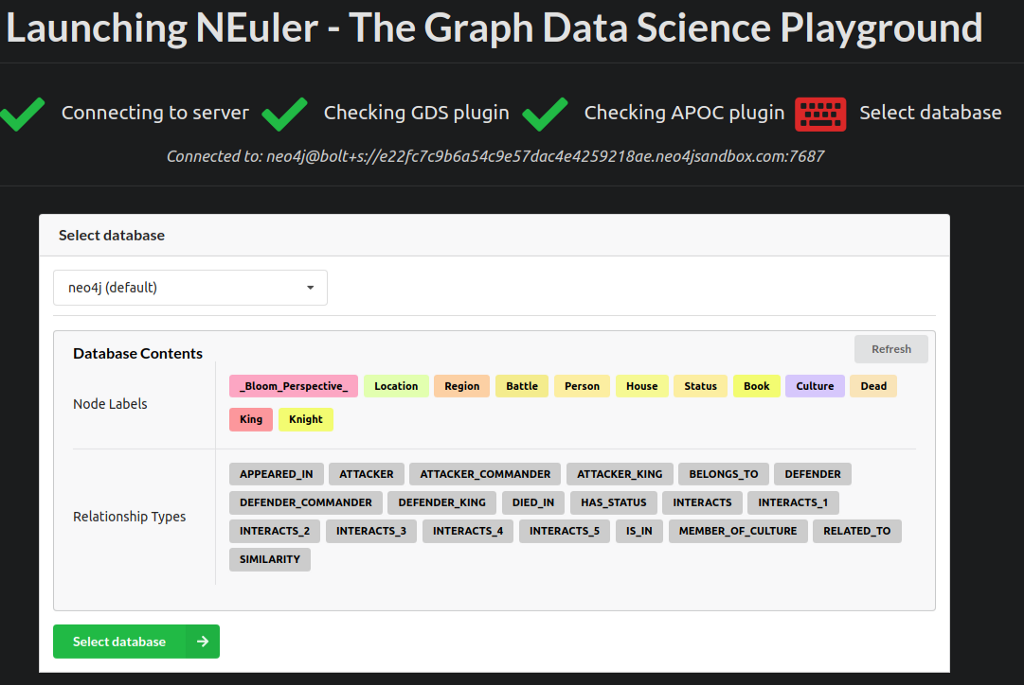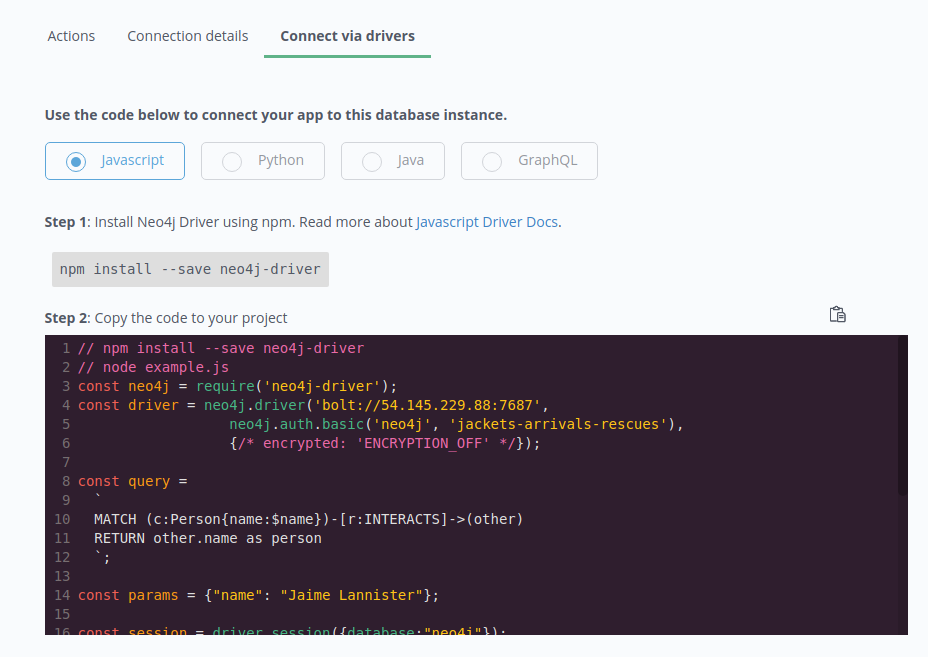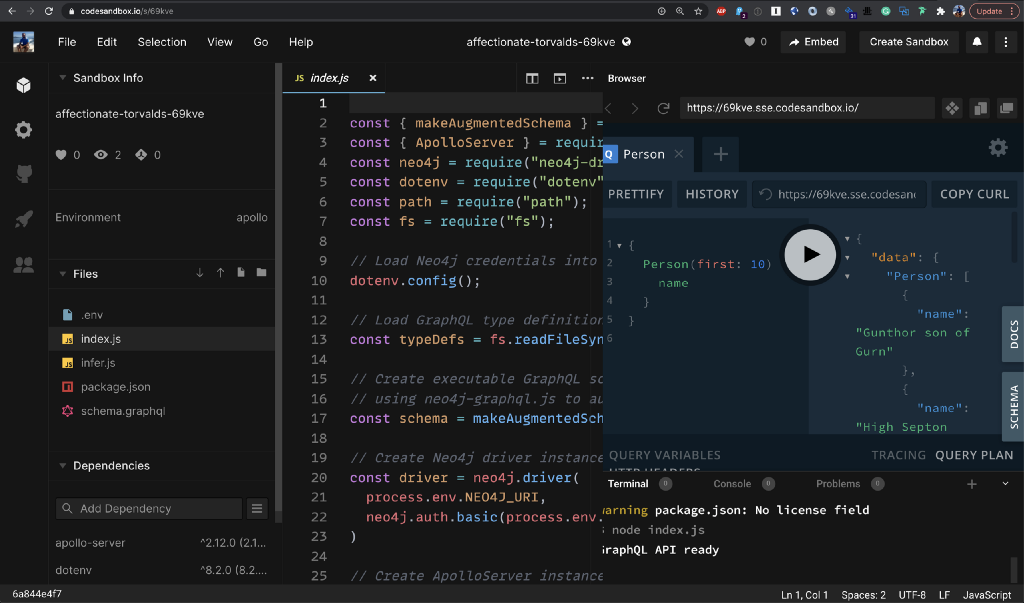All new Neo4j Sandboxes to explore and learn about graphs with major version updates.

As the first spring flowers start to bloom in some regions, we’re excited to announce that our Sandbox infrastructure got an overhaul as well.
TL;DR
Go check out the new Sandboxes at https://sandbox.neo4j.com

Starting today, the Sandbox back-end runs on self-contained Docker images on AWS Fargate managed by a Lambda-Function-based API which allows easier and more robust scaling of the service. We use Neo4j itself as a provisioning database.
We were able to shut down an auto-scaling ECS cluster with 111 32-GB EC2 instances that ran thousands of sandboxes before.
Big Thanks to Rafal Janicki, Shreyans Ghandhi, and Max Andersson for all the hard work and to the team for testing and feedback.
This Was Also a Great Opportunity for Us to Upgrade EVERYTHING!
So here comes the rundown. 🙂

Sandbox now runs Neo4j 4.2 (Enterprise) with all the new features like multi-database, fine grained permissions, reactive drivers, and more. See our Developer Guides for more details on what’s new in these versions.
Neo4j Graph Database – Developer Guides
Sandbox also comes with the latest versions of the APOC utility library.
Awesome Procedures On Cypher (APOC) – Neo4j Labs
Brand new version 1.5 of the Graph Data Science Library with machine learning workflows and new pathfinding algorithms.
Neo4j Graph Data Science – Developer Guides
Each Sandbox now also comes with the Graph Data Science Playground (NEuler) the interactive guide to get started with the library.

To support your visual exploration, you can use the new 1.5 version of Neo4j Bloom.
The latest addition to Sandbox is Neosemantics, the RDF and linked data library for Neo4j
neosemantics (n10s): Neo4j RDF & Semantics toolkit – Neo4j Labs
These features and libraries within Neo4j Sandbox are also used in our free online training classes.
Sandbox UI Features
Some Sandbox features that you might have missed in the last few months:
You can now easily add your Sandbox as a Remote Database Connection to Neo4j Desktop.

And you can invite collaborators to share your Sandbox with.
Driver Code Examples
We also updated all the code examples so that each Sandbox has an interesting query for its dataset in the runnable source code for all our officially supported languages:
- Javascript
- Python
- Java
With these coming soon:
- .Net
- Go

The GraphQL integration allows you to spin up a CodeSandbox (see screenshot) with a full GraphQL API to be consumed by your front-end App, service, or JAMstack site generator. It infers the GraphQL schema directly from the data in your Neo4j Sandbox instance.

Sandbox Datasets Available on GitHub
We have also made the datasets for each Sandbox available on GitHub together with the example queries, model image, Bloom perspectives, source code examples, and more.
Check them out at github.com/neo4j-graph-examples
What’s Next?
The content of your own Sandboxes will be available as dump-files that can be easily imported into Neo4j Aura (Cloud) and Neo4j Desktop. Both through the UI and in the email you get when a sandbox is terminated.
In the next release of Neo4j Desktop you will be able to use these repositories directly as starting points for your local Neo4j projects.
With the new capabilities available we will extend our Free Online Training to use more of the recent features in the sandbox for the graph databases and graph data science.
Feedback
Of course we love to hear your feedback, so please share here, on Twitter or in our community forums how you like the new capabilities or if there are any issues.
We had to do quite some work updating the datasets and browser guides to the new Cypher syntax, so if you spot anything we missed please let us know or send a PR to the repositories above.
Register for NODES 2021 today and enjoy the talks from experienced graph developers.
Save My Spot
Sandbox Spring Cleaning was originally published in Neo4j Developer Blog on Medium, where people are continuing the conversation by highlighting and responding to this story.



